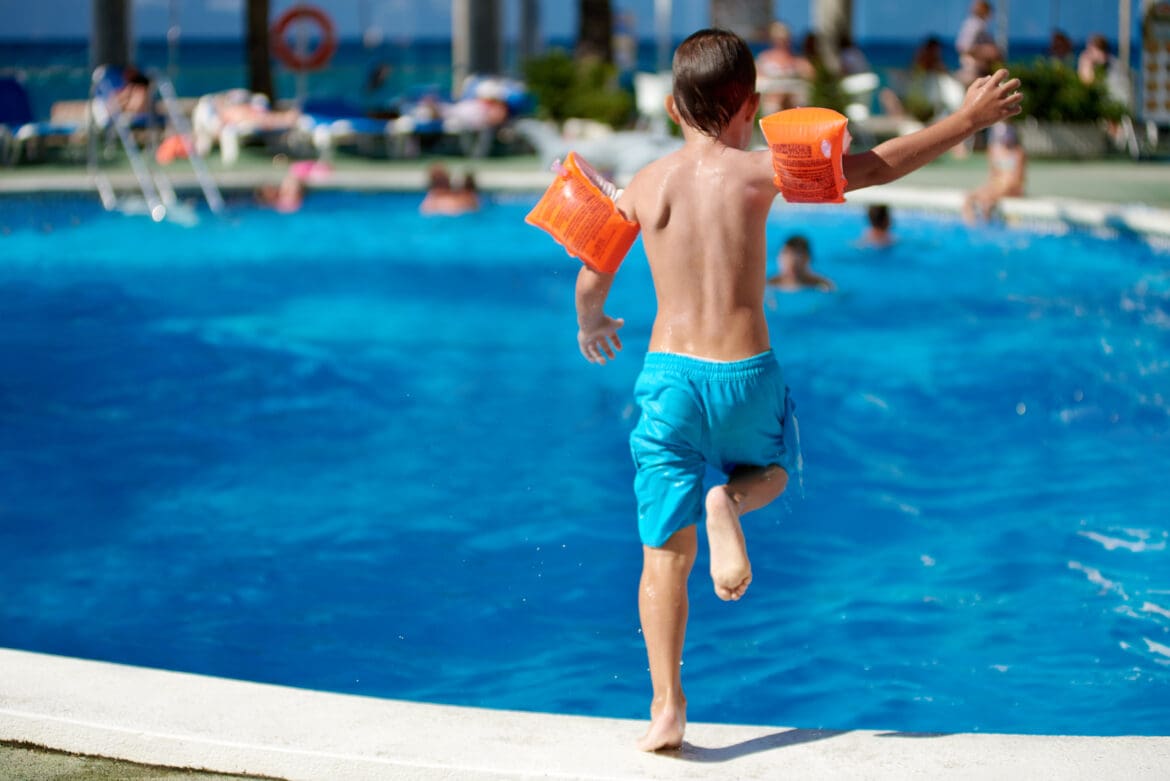Swimming and water-related activities are enjoyable and beneficial for children, but safety should always be a top priority. As a parent, it’s crucial to ensure that your child has the necessary skills and knowledge to stay safe in and around water. This article provides essential tips and guidance for swim and water safety to help parents create a safe and fun experience for their kids.
- Enroll Your Child in Swim Lessons: One of the best ways to promote water safety is by enrolling your child in swim lessons at an early age. Formal swim lessons teach children fundamental swimming skills and water safety practices. Look for qualified instructors and reputable swim schools in your area. Lessons should focus not only on stroke technique but also on skills like floating, treading water, and understanding water depth. Regular practice and reinforcement of swimming skills can boost your child’s confidence and ability to stay safe in different water environments.
- Supervision is Key: Never leave your child unsupervised near water, regardless of their swimming ability. Active and vigilant supervision is crucial to prevent accidents and respond promptly in case of an emergency. Assign an adult who can swim well to watch children during water activities, eliminating distractions like phones or reading materials. For younger children, maintain “touch supervision” by being within arm’s reach at all times. Remember that even shallow water can pose a drowning risk for young children. By providing constant supervision, you can create a safe environment and respond swiftly to any potential dangers.
- Teach Water Safety Rules: Educate your child about essential water safety rules from an early age. Teach them to always swim with a buddy and avoid swimming alone. Reinforce the importance of staying in designated swimming areas and respecting warning signs. Teach children to ask for permission before entering water, even if it’s a pool they are familiar with. Encourage them to learn and practice basic water survival skills, such as floating on their back and calling for help. By instilling these rules and practices, you empower your child to make safe decisions and take appropriate action in water-related situations.
- Proper Use of Floatation Devices: While floatation devices can provide an extra layer of safety, they should never be a substitute for adult supervision or swim skills. Choose Coast Guard-approved life jackets or floatation devices appropriate for your child’s size and weight. Ensure proper fit and secure fastening. Inflatable toys and water wings are not designed to be safety devices and should not be relied upon. Always supervise children when using floatation devices and educate them about their limitations. Encourage your child to gradually develop their swimming abilities while reducing reliance on floatation devices over time.
Swim and water safety for kids is a vital aspect of their overall well-being and enjoyment in aquatic environments. By enrolling your child in swim lessons, providing active supervision, teaching water safety rules, and using floatation devices appropriately, you can help ensure that your child develops the necessary skills and knowledge to enjoy the water safely.
